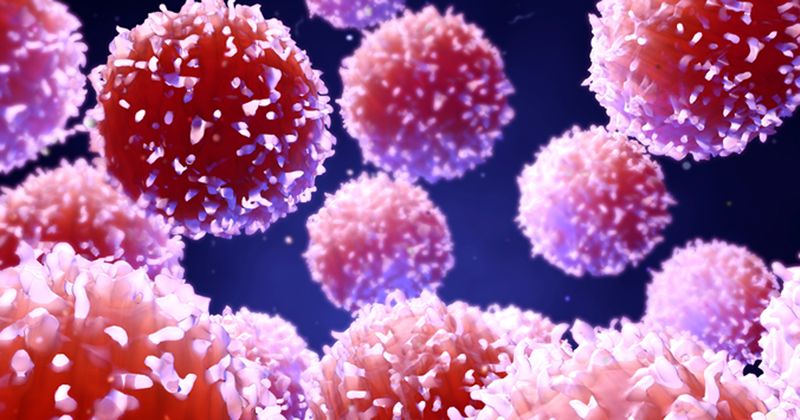Cell therapy safe, feasible in anthracycline-induced cardiomyopathy
Transendocardial administration of allogenic bone marrow-derived mesenchymal stromal cells may benefit patients with anthracycline-induced cardiomyopathy, according to a phase 1 study.
In the SENECA study of 31 cancer survivors with chronic anthracycline-induced cardiomyopathy, those assigned therapy with allogenic bone marrow-derived mesenchymal stromal cells (mean age, 55 years; 57% women) had better quality of life and a trend toward better 6-minute walk distance compared with those assigned placebo (mean age, 58 years; 76% women).

The findings were presented at the virtual Heart Failure Society of America Scientific Meeting and published in JACC: CardioOncology.

“Anthracycline-induced cardiomyopathy is often irreversible and has poor prognosis,” Roberto Bolli, MD, FAHA, FACC, professor of medicine, physiology and biophysics, Jewish Hospital Heart and Lung Institute Distinguished Chair in Cardiology, executive vice chair of the department of medicine, director of the Institute of Molecular Cardiology and distinguished university scholar at the University of Louisville School of Medicine, said during a presentation. “Treatments are very limited and there has been no study of cell therapy in this patient population.”
Successful injections occurred in 97% of patients and all patients from the cell therapy group received their target dose. MRI data were available for 84% of patients at 1 year, despite many having devices that were not MRI compatible.
Clinical outcomes did not differ between the groups at 1 year. “It’s important to point out that SENECA was not designed as an efficacy study,” Bolli said.
The Minnesota Living with Heart Failure Questionnaire score declined from 46.6 at baseline to 21.2 in the cell therapy group and from 53.1 to 40.5 in the placebo group (between-group difference in change, –12.8; 95% CI, –30.486 to 4.844; P = .048), according to the researchers.
Six-minute walk distance increased at 1 year in the cell therapy group and declined slightly in the placebo group (between-group difference in change, 38.03 m; 95% CI, –5.84 to 81.89; P = .056), they found.
No new tumors were discovered during the study period, according to the researchers.
“SENECA showed the safety and feasibility of allogenic [mesenchymal stromal cell] therapy in patients with [anthracycline-induced cardiomyopathy],” Bolli said during the presentation. “In terms of efficacy, we cannot make any conclusions because of the lack of power, but it provides important data that will be helpful for future phase 2 trials in this population.”

